The International Holocaust Remembrance Day was marked on Monday evening at the Aachavas Rheim Synagogue in Oradea with the opening of a photography exhibition by American photojournalist Daniel Owen, entitled "The Jews of Oradea."
The event took place in the presence of the American photojournalist at the Aachavas Rheim Synagogue, located on Primariei Street, a tourist attraction that, after its rehabilitation, houses the Museum of the Jews of Oradea and Bihor, managed by the Foundation for the Protection of Historical Monuments in Bihor (Oradea Heritage).
The 29 selected works, chosen from hundreds of photographs, capture the faces, portraits, and life sequences of Jewish survivors of the Holocaust from Oradea, as well as images depicting religious life, community activities, and Jewish heritage, particularly synagogues and cemeteries.
The photographs were taken in collaboration with the Jewish Community of Oradea between 2013 and 2016 and later published, accompanied by an article titled "The Jews of Oradea" in The New York Times. During this period, the American photojournalist conducted several interviews with members of the city's Jewish community, including eight interviews with Holocaust survivors.
The opening speech was given by Alex Chira, the director of the Oradea and Region Tourism Promotion Association (Visit Oradea), who said that "for each of us, these commemorations, these reminders, should be daily," with the mission of this museum primarily being education and community awareness.
"Let us not forget, even for a moment, the horrors of the past, especially in the current context, where antisemitic manifestations have increased worldwide," he said. He then quoted from the book of historian Antonio Faur, 'The Ghetto of Oradea 1944,' mentioning the number of 30,288 Jewish residents of Bihor County who were deported to death camps. An estimated 6,500 returned to their hometown. Today, only one Holocaust survivor remains alive in Oradea.
The exhibition's creation and its significance were also discussed by Jano Ierina, the person in charge of the Aachavas Synagogue, who invited the public to visit the museum's second floor, dedicated entirely to the Holocaust. Following her, Paul Spitzer, the secretary of the Jewish Community of Oradea, spoke, and finally, Daniel Owen, the photographer, shared his thoughts. The organisers requested the audience to observe a moment of silence after the speakers' interventions, as a sign of respect.
"We do not blame the people of Heine, Goethe, we have nothing against intellectuals, scientists, or German cultural figures. W ar dealing with what was called fascism. Why? Because the one whose name I do not even want to utter, we all know here, was an Antichrist. So, it was not just about Jews. He had problems with Christians as well. (...) History repeats itself. Unfortunately, no one asks us, but we say it: yes, we have antisemitism. It is hard to define, but beyond a very amorphous definition, we can say that it is the root of hatred, it is inhumane. We salute Daniel Owen's work. Of course, we must forgive, but our religion does not allow us to forget. And that is why remembrance has its place in a spiritual dimension," said Paul Spitzer.
Daniel Owen said with emotion that everything that happened during the Holocaust is "more than a human tragedy," and that the current building of the synagogue should be full of children and families, not a museum, "a testament to the depth of human hatred."
He shared that he came to Oradea to meet his future wife while working on another project related to the Roma, which was met with some resistance. Walking through the city centre, he noticed the abandoned and massive Sion Synagogue, before it was taken over and rehabilitated by the municipality. He later discovered the city's many synagogues, which inspired his photographic project.
This project has nothing to do with me. It is only about the Jews of Oradea. This is not false modesty, it is about the survivors you see on the walls. I leave you with one thought: Imagine how Oradea would look today if the Holocaust had never happened, said Daniel Owen.
For all the six million Jewish victims in the extermination camps, the cantor of the Jewish Community, Robert Jehoshua Rezmuves, sang a prayer, which was also recited in Romanian. Finally, pianist Teodora Tonea Owen, the photographer's wife, performed an improvised piece, a message of peace and hope.
The exhibition will be open to the public until the end of February.
Daniel Owen, 37 years old, married in Oradea to pianist Teodora Tonea and father of three daughters, is a photojournalist and director of photography with nearly two decades of experience in the area. He trained as a photographer in the United States, where he holds a degree in photojournalism and a master's in visual communication arts from the renowned visual communication school at Ohio University.
He was director of photography at the Los Alamos National Laboratory, which conducts research in energy and natioal security, and is probably best known as the place where Oppenheimer worked on the atomic bomb project. In the U.S., he collaborated with multiple respected publications, including The New York Times and Washington Post. As part of his work with Auschwitz survivors from Eastern Europe, he contributed to the series "Voices on Antisemitism," produced by the U.S. Holocaust Memorial Museum.

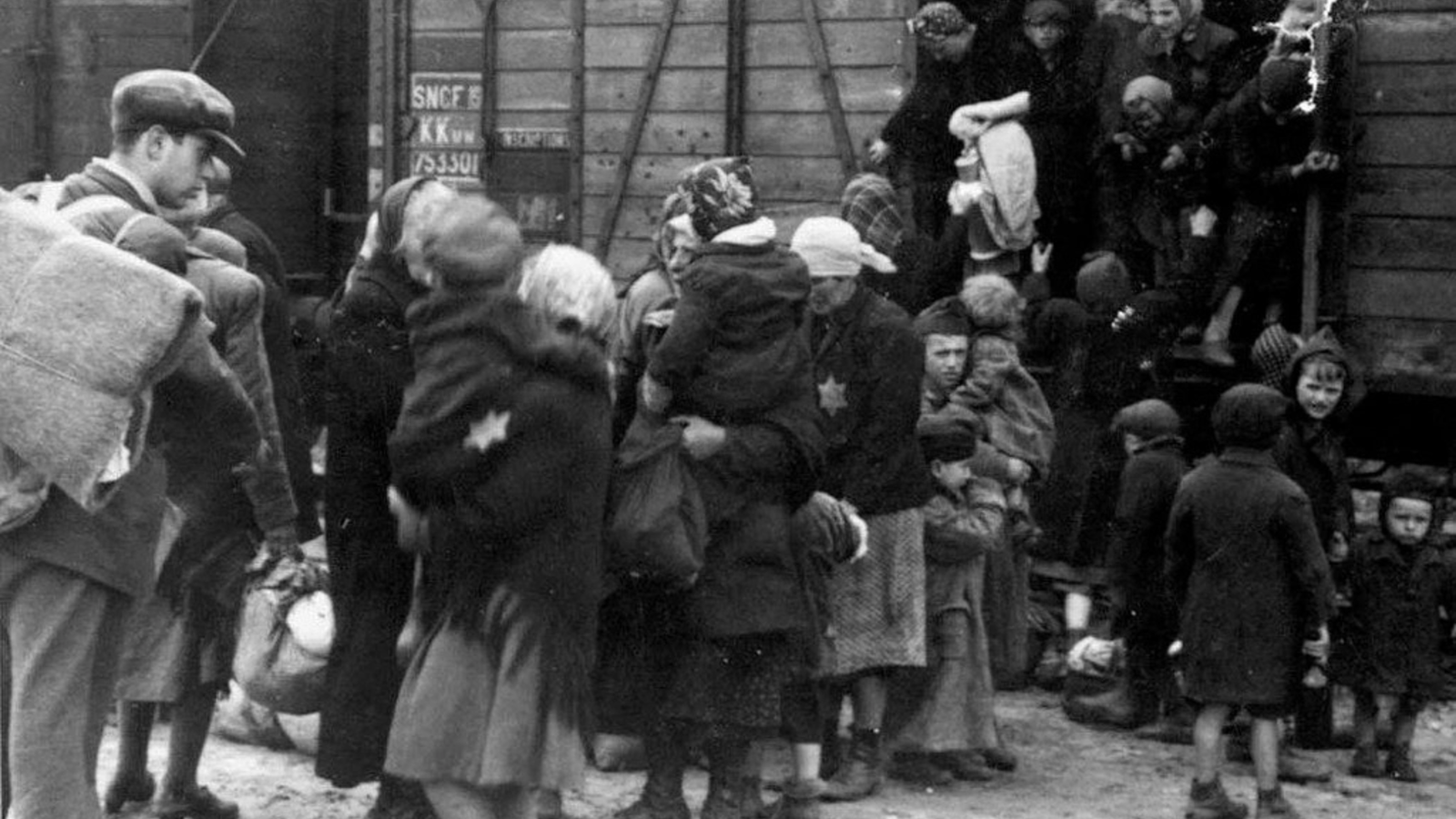



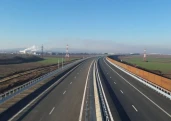

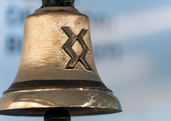


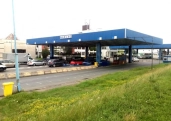




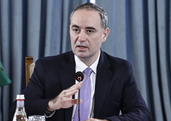




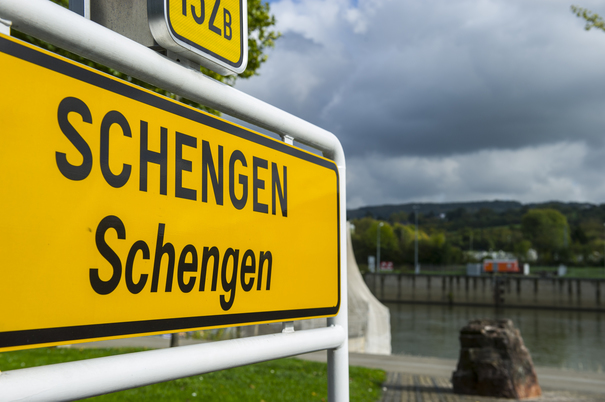
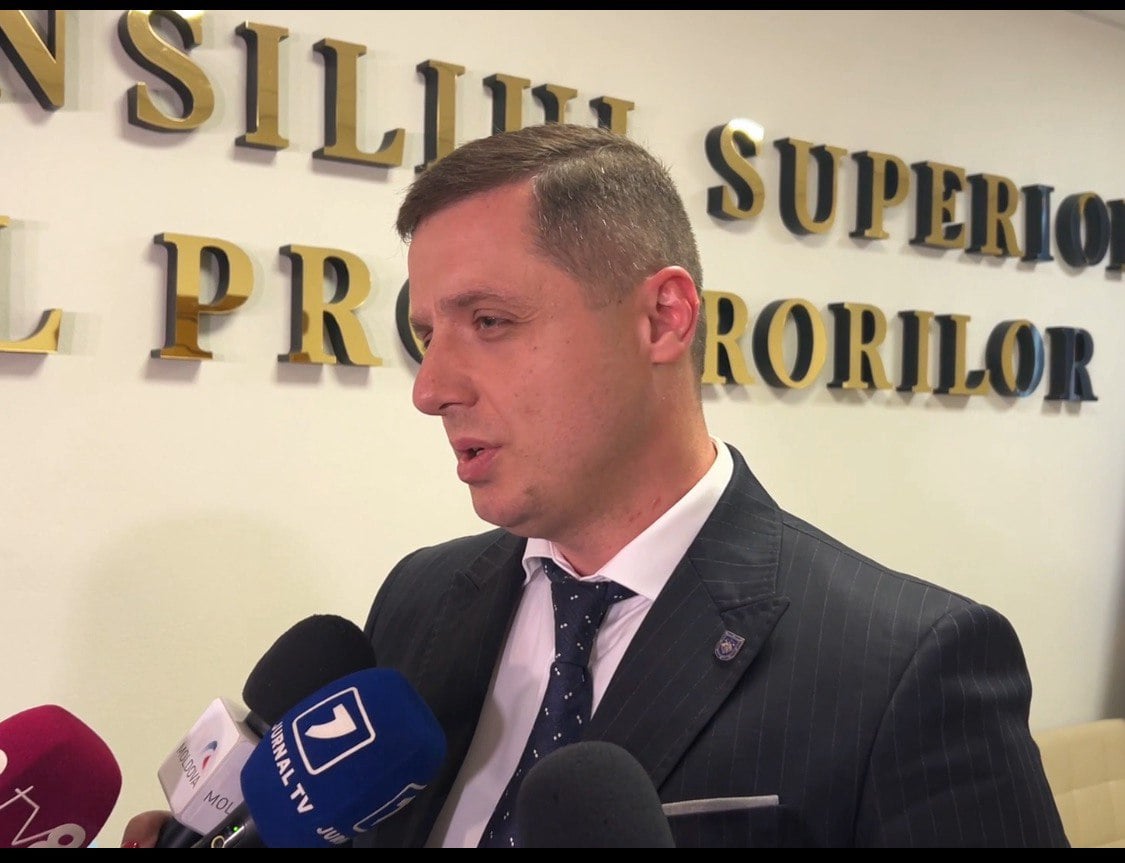

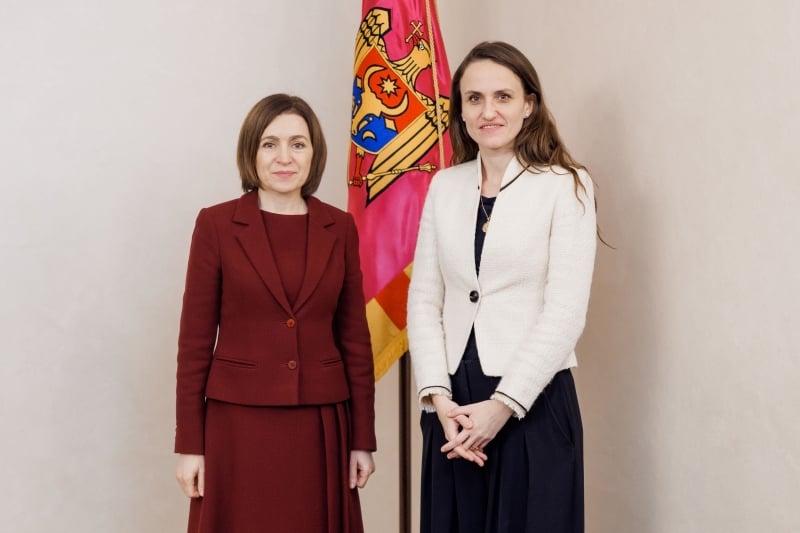




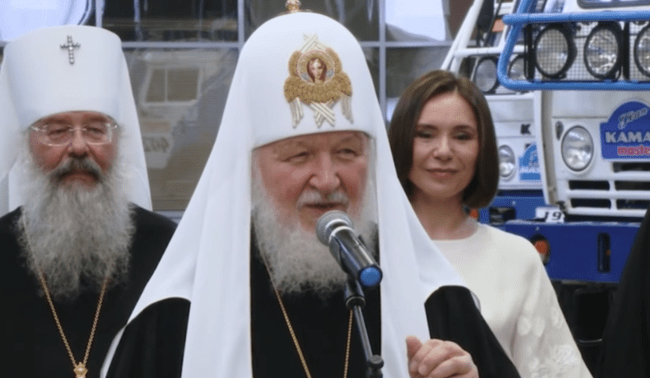



Comentează